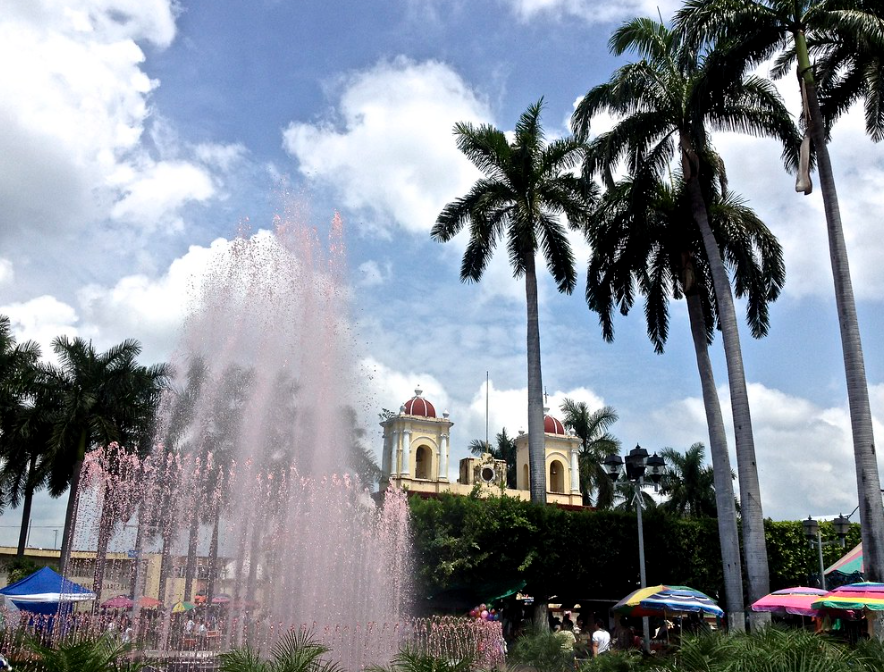Tapachula
The exotic and flower-bedecked center to a region of volcanoes, coffee plantations, and a magical realism that seems barely able to contain itself.

Tapachula is an exotic, jungle-bordered town of music, coffee, flowers, and vibes practically on the border with Guatemala. Famous for the long history of cultural mixing, Tapachula is an agricultural power-house. All those surrounding farms have brought people from all over the world. Germans are famous for having settled here at the start of the coffee boom. They soon welcomed people from China and other parts of Asia, and a big bunch of Lebanese who have been here since the turn of the 20th century. All of them have joined both Maya and Nahua speaking peoples in a town that seems to have never really doubted its place on the map.
The result is a city that is young, vibrant, and unique in its Mexican bonafides. Some 220,000 residents mean its a medium-sized Mexican City but the feel is much more giant beach town than urban hub. The weather is comfortable and often humid. Plant life borders on riotous, and the Nahuatl name Tlapacholatl means simply waterlogged land. Outside the rainiest seasons between May and October, when you get near daily refreshing showers, Tapachula is a joy.
People visit Tapachula for pilgrimages to the Tacaná volcano to the north, and trips to south and the coast. Aspiring mountaineers can drive to the Centro Turistico Chiquihuites in a little more than an hour. The trip is magnificent, but scaling the volcano will take another (roughly) ten hours on foot. Trips to the south and the beach a mere 40 minutes, and you can do it by combi or even a taxi.
The Center of Tapachula is dominated by the Church of San Agustín and the House of Culture on the Parque Hidalgo. The 20th century city has left some famously Art Deco style homes and strolling the city center streets will start to reveal more and more of them. Many guests will stay on the outskirts of town, where a whole variety of eco-spas and farm stays welcome people from the world over. But in town the Mercado Sebastián Escobar is famously resplendent with area foods. The influence of Chinese culture is particularly noticeable in of this cuisine. But coffee arrives here from the surrounding mountains as does chocolate. Tuxtla Chico is nearby and famous for cocoa plantations and for welcoming guests interested in chocolate production. The Mercado Soconusco and the Mercado San Juan do equally good jobs presenting local cuisine to befuddled visitors and sophisticated travelers too.
Both Volaris and AeroMexico fly direct into the Tapachula Airport. For those seeking higher adventure, the Tren Interoceanico will resume rail service to just south of Tapachula in 2025. The train provides a much more sedate way of coming into the city and an adventure that could start as far away as in Ixtepec in Oaxaca or even in Veracruz.
For now most visitors will likely arrive from the state capital at Tuxtla. Most bus routes follow the train route after Arriaga and so we can expect many of them to switch modes of transport at Arriaga for the roughly seven hour journey.